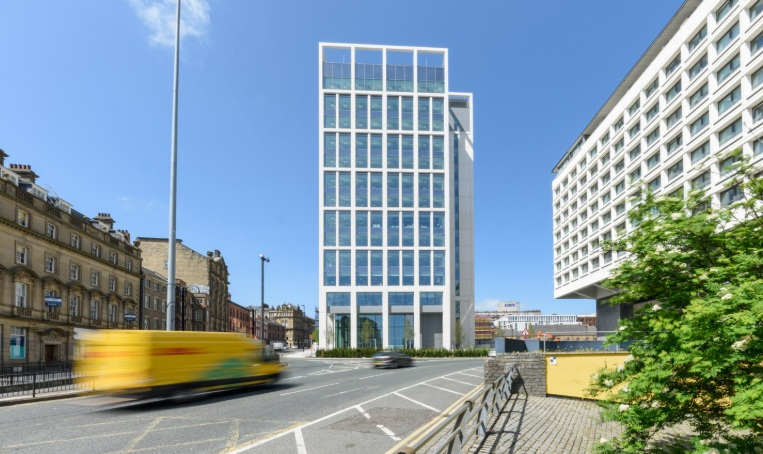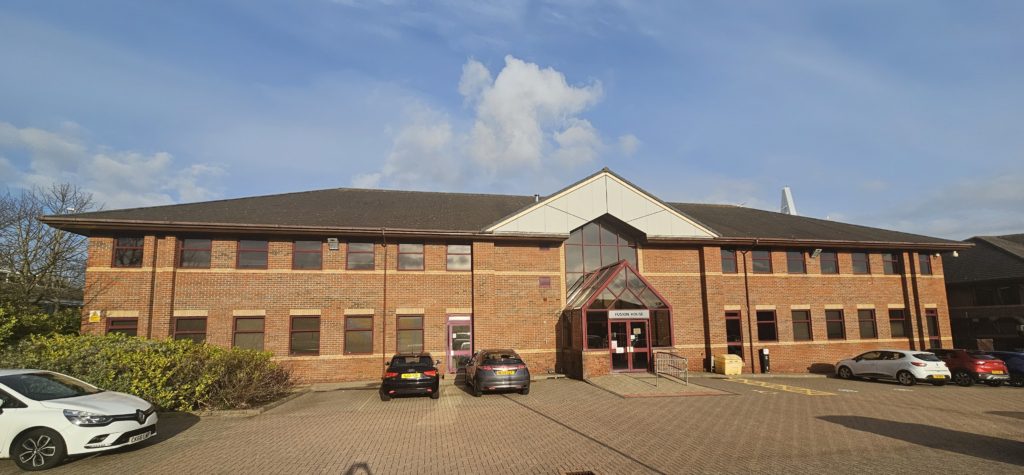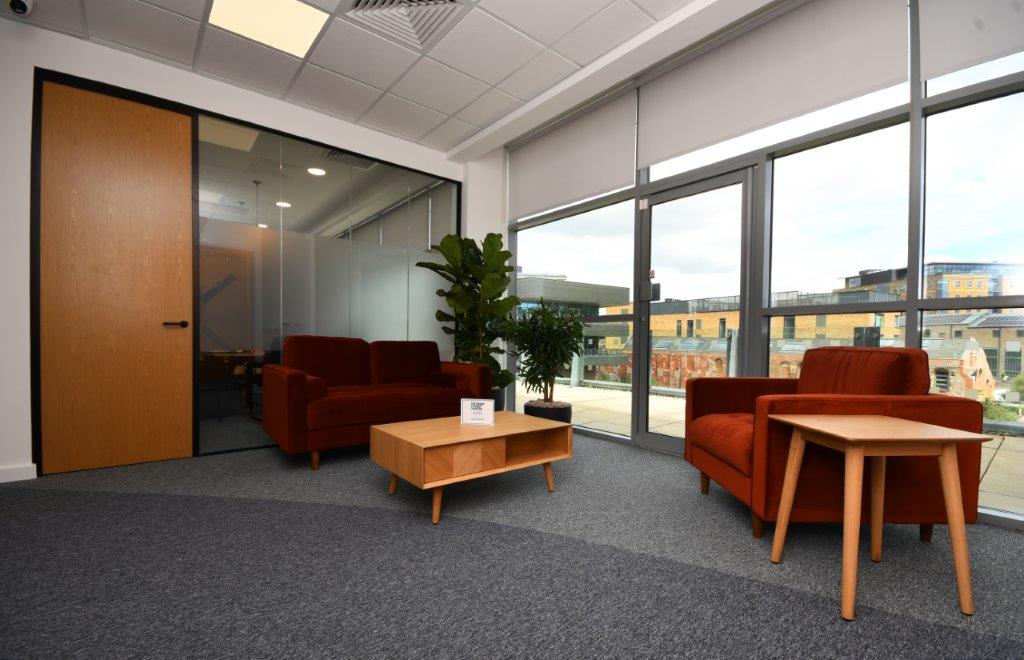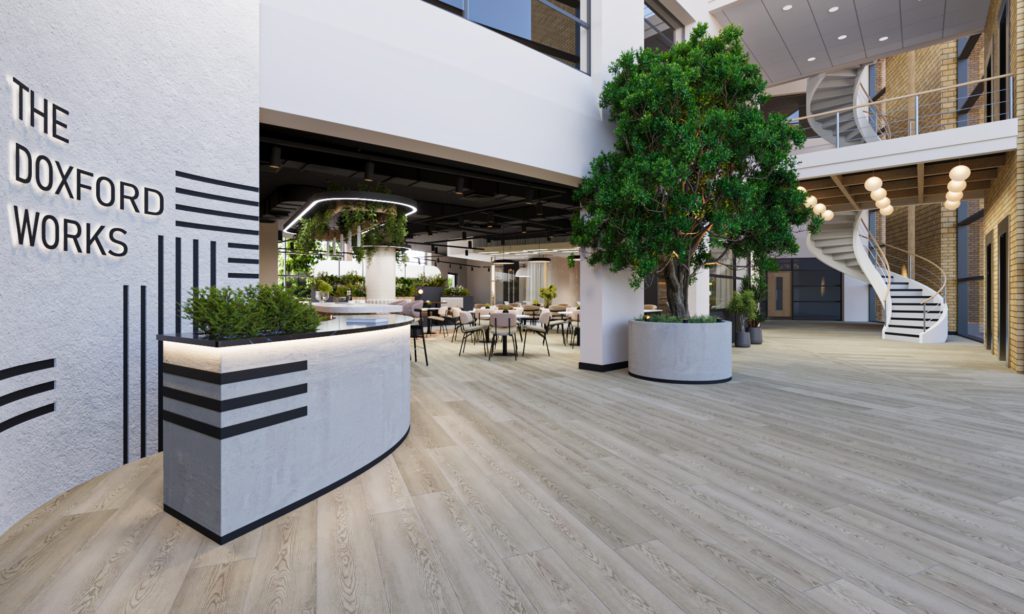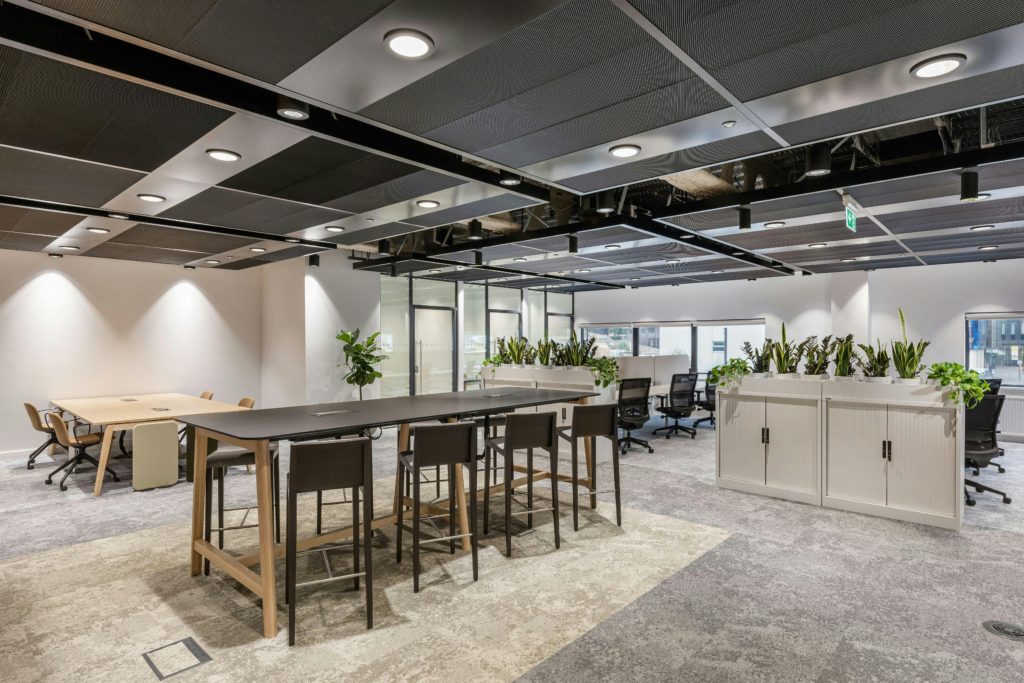The commercial property landscape in Newcastle Upon Tyne is undergoing notable transformation. Shifts in workspace preferences, the rise of the technology sector, and evolving sustainability standards are shaping new expectations for landlords and tenants alike. Location and connectivity also play an important role in these changes. With these factors influencing both demand and supply, understanding the current market trends becomes essential for anyone considering their next move. But what exactly is driving these developments?
Demand for Flexible Workspaces
Adaptability defines the current trajectory of Newcastle Upon Tyne’s commercial property market, as demand for flexible workspaces continues to rise.
Businesses are seeking environments that support remote collaboration and can be easily tailored to meet shifting operational requirements.
Landlords and property developers respond by offering workspace customization options, allowing tenants to configure layouts and amenities according to their evolving needs.
This trend is driven by a shift away from rigid, long-term leases and toward more agile arrangements that can accommodate fluctuating team sizes and hybrid work models.
Flexible lease terms, shared amenities, and advanced technological infrastructure have become central features of new commercial spaces.
This evolution in workspace design enables companies to maximize productivity and efficiency while effectively managing costs and adapting to future uncertainties.
Additionally, Newcastle’s co-working spaces are in particularly high demand, as they provide cost-effective alternatives and foster networking opportunities for businesses of all sizes.
Growth of the Tech and Digital Sector
As Newcastle Upon Tyne establishes itself as a regional hub for innovation, the rapid expansion of the tech and digital sector is reshaping local commercial property trends.
The city’s reputation for fostering tech startups and supporting digital innovation has led to increased demand for modern office spaces equipped with advanced infrastructure.
Businesses operating in software development, digital marketing, and data analytics are particularly active in seeking premises that support collaboration and scalability.
Landlords and property developers are responding by offering spaces with high-speed connectivity, flexible layouts, and tech-friendly amenities.
This shift reflects broader economic changes, as digital enterprises become key drivers of growth.
Consequently, commercial property to let in Newcastle Upon Tyne is increasingly tailored to meet the evolving requirements of the tech and digital ecosystem.
Additionally, Newcastle’s highly-skilled software programmers and collaborative business environment are attracting both established firms and ambitious digital start-ups.
City Centre vs. Out-of-Town Locations
When considering commercial property in Newcastle Upon Tyne, businesses often weigh the advantages of city centre accessibility and strong transport links against the typically lower rental prices found in out-of-town locations.
The city centre offers proximity to major transport hubs, making it attractive for firms prioritising connectivity.
In contrast, out-of-town sites appeal to cost-conscious tenants seeking larger spaces at reduced rates.
Increasingly, tenants are also considering office spaces with green certifications to meet their sustainability goals and align with modern market trends.
Accessibility and Transport Links
Accessibility serves as a defining factor in the appeal of commercial properties within Newcastle Upon Tyne, with notable distinctions between city centre and out-of-town locations.
City centre properties benefit from extensive public transport networks, including Metro, bus routes, and proximity to Newcastle Central Station, ensuring easy commutes for employees and clients. High walkability scores further enhance the city centre’s attractiveness, allowing businesses to tap into a steady flow of foot traffic, amenities, and services within short walking distances.
In contrast, out-of-town commercial sites often require reliance on car travel, with fewer public transport connections and lower walkability scores.
While these areas may provide ample parking and less congestion, their limited accessibility by public or active transport can affect workforce convenience and business visibility.
Rental Price Comparisons
While transport links and walkability shape the appeal of commercial areas in Newcastle Upon Tyne, they also influence rental price trends.
City centre properties, benefiting from superior connectivity and foot traffic, consistently command higher rents compared to out-of-town locations. This premium reflects both the desirability and accessibility of central spaces for businesses seeking visibility and convenience.
Out-of-town commercial spaces, although more affordable, tend to attract tenants prioritising cost savings and flexible layouts over prime location.
Rental market fluctuations further impact these two segments differently. In periods of high demand, city centre rents can surge, prompting landlords to adjust their pricing strategies accordingly.
Conversely, out-of-town landlords may offer incentives or longer lease terms to maintain occupancy, leading to greater pricing flexibility and potential value for tenants.
Local expertise in market dynamics is critical for landlords and businesses alike, as it enables more accurate forecasting of rental trends and helps tailor property strategies to Newcastle’s evolving commercial landscape.
Sustainability and Green Building Initiatives
Sustainability has become a key consideration in Newcastle Upon Tyne’s commercial property sector, with growing emphasis on eco-friendly building certifications. Developers are increasingly incorporating energy efficiency innovations to meet both regulatory standards and tenant expectations. The adoption of sustainable materials is also shaping new construction and refurbishment projects across the city. As part of this shift, many projects are recognizing the importance of circular economy principles to reduce waste and promote resource efficiency in the built environment.
Eco-Friendly Building Certifications
Increasingly, landlords and developers are turning to green certifications, such as BREEAM and LEED, as a means to validate their commitment to sustainability.
These certifications assess a property’s environmental impact, encouraging the use of sustainable materials, responsible construction practices, and eco innovations throughout the building process.
Achieving such certification not only enhances a property’s marketability but also aligns with the expectations of modern tenants who prioritise environmental stewardship.
In Newcastle Upon Tyne, properties with recognised green certifications often attract higher tenant interest and longer lease terms, reflecting a broader market shift.
This trend underscores the importance of verified eco-friendly credentials in the city’s commercial property sector.
Additionally, new legislative frameworks, such as the Environment Act 2021, are influencing how commercial properties incorporate sustainability and biodiversity considerations into their design and operation.
Energy Efficiency Innovations
Driven by both regulatory pressures and tenant expectations, commercial properties in Newcastle Upon Tyne are adopting advanced energy efficiency measures to reduce operating costs and environmental impact.
Building owners are increasingly conducting thorough energy audits to identify inefficiencies and prioritise upgrades. These audits inform decisions on the integration of renewable technologies such as solar panels and heat pumps, which have become popular strategies for achieving lower utility expenses and meeting sustainability goals.
Smart building management systems and LED lighting retrofits are also being implemented to further optimise energy use. These innovations not only align properties with current energy performance standards but also enhance their market appeal to environmentally conscious tenants.
As a result, energy efficiency has become a pivotal factor in Newcastle’s commercial property sector. Property managers and developers are also turning to science-led training in sustainability to ensure their teams are equipped with the latest knowledge and practical skills for implementing green building initiatives.
Sustainable Materials Adoption
As environmental considerations become increasingly central in commercial property development, Newcastle Upon Tyne is witnessing a notable shift toward the use of sustainable building materials.
Developers are prioritising eco friendly materials such as reclaimed wood, recycled steel, and low-VOC paints to align with sustainable design principles. This trend responds to tenant demand for healthier, more efficient workspaces, and helps property owners meet evolving regulatory standards.
The integration of eco friendly materials is not limited to new builds; refurbishment projects now also emphasise sustainability.
By sourcing materials locally where possible and selecting products with lower embodied carbon, developers contribute to reduced environmental impact.
As sustainable design becomes a defining factor in the market, properties utilising green materials stand out, attracting environmentally conscious tenants and investors alike.
Many local developers are benefitting from subsidized training for carbon measurement, which supports the creation of carbon reduction plans and further encourages the adoption of sustainable materials in commercial properties.
Impact of Infrastructure and Transport Developments
While major infrastructure and transport projects continue to reshape the urban landscape, Newcastle Upon Tyne’s commercial property sector is experiencing notable shifts.
Infrastructure investment in the city, such as upgrades to road networks and public transit, has directly enhanced transport accessibility for businesses and employees alike. Improved connectivity to national rail lines, expanded light rail services, and upgraded highways have made previously peripheral areas more attractive for commercial property to let.
As a result, demand for office and industrial spaces has risen in zones adjacent to new or improved transport hubs. Additionally, these enhancements have impacted property values, with proximity to high-capacity transport corridors emerging as a key criterion for tenants.
Such developments are redefining location priorities within Newcastle’s commercial real estate market. Leading property advisors increasingly emphasize the importance of sustainable growth in real estate when assessing the long-term potential of commercial sites influenced by transport and infrastructure upgrades.
Shifts in Retail and Leisure Spaces
Although online shopping continues to alter consumer habits, Newcastle Upon Tyne’s retail and leisure spaces are adapting through a mix of reinvention and consolidation.
The retail evolution is evident in the repurposing of high street units, with many former shops transforming into experiential destinations such as boutique fitness studios, artisan food outlets, and pop-up event venues.
Meanwhile, leisure transformation is driving demand for flexible spaces that support entertainment, wellness, and social activities.
Shopping centres and mixed-use developments are pivoting to blend retail with leisure, responding to changing footfall patterns and consumer expectations.
As a result, property owners are investing in modernisation and technology upgrades, aiming to create appealing, multi-purpose environments that attract both established brands and innovative independent operators in Newcastle Upon Tyne.
Newcastle’s property market is also influenced by wider industry initiatives, such as the BPF’s Manifesto which champions innovation and best practices to support sustainable growth and vibrant local economies.
Key Considerations for New Tenants
The rapid evolution of retail and leisure spaces in Newcastle Upon Tyne has prompted prospective tenants to reassess their approach when entering the market.
New tenants must focus on understanding tenant rights, ensuring they are fully aware of legal protections and obligations before committing to any agreement. Lease negotiations have become increasingly nuanced, often requiring careful attention to flexibility clauses, rent review terms, and service charge structures.
Prospective tenants should also consider the landlord’s reputation and responsiveness to maintenance issues, which can impact long-term operational efficiency. Due diligence on property location, footfall data, and accessibility are essential for aligning premises with business objectives.
Seeking professional advice during the lease negotiations process can safeguard tenant rights and help avoid unfavorable terms, supporting long-term business success.
Conclusion
In Newcastle Upon Tyne, the commercial property market is a dynamic tapestry, woven from the threads of flexibility, innovation, and sustainability. As new infrastructure connects the city’s vibrant heart to its expanding edges, businesses find diverse opportunities whether nestled downtown or in cost-effective outskirts. For tenants, traversing this landscape is like charting a course through a fast-evolving cityscape—success depends on adapting to trends while seeking spaces that align with both ambition and practical needs.

